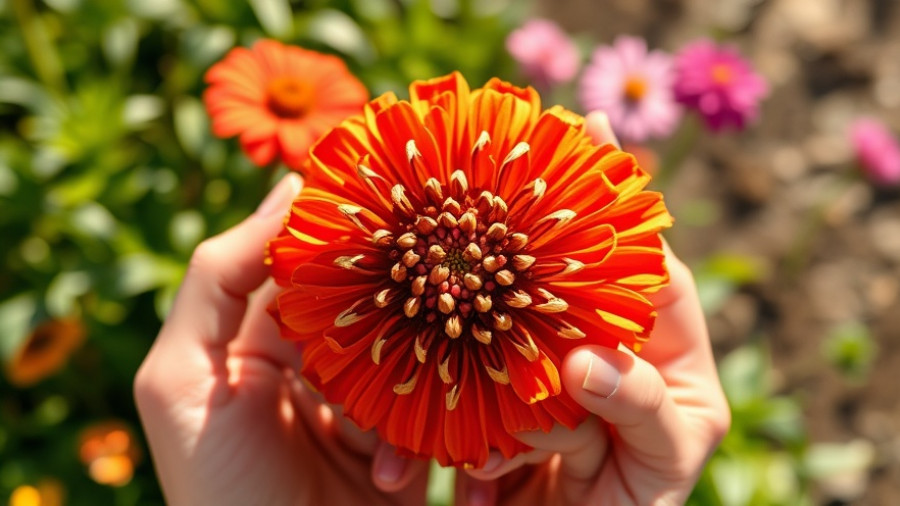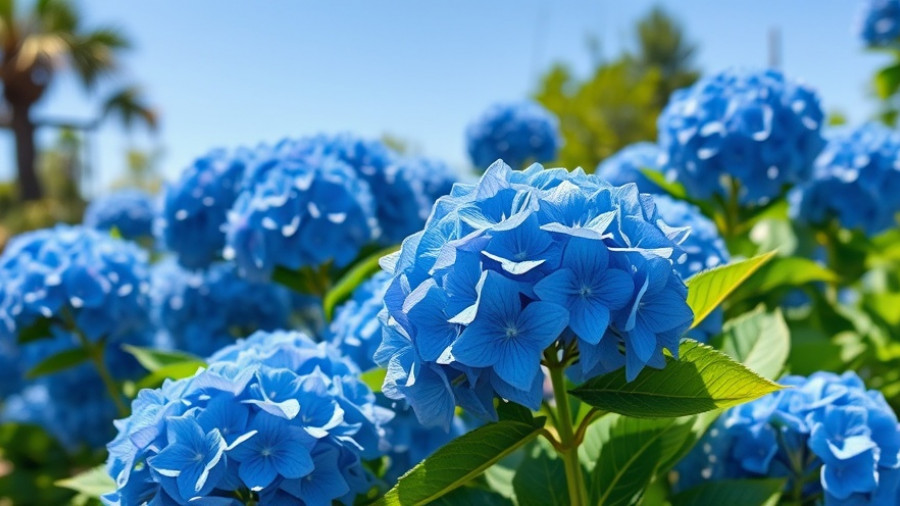
Understanding Defoliation: The Basics
Growing your own tomatoes can be one of the most rewarding aspects of outdoor gardening, but navigating the ups and downs of plant care can be tricky. One common question that arises is whether to defoliate tomato plants. This leaf removal technique might sound appealing, but it's crucial to weigh its pros and cons before diving in.
Why Leaves Matter: The Role of Photosynthesis
Tomato plants rely heavily on their leaves for photosynthesis, which produces the energy vital for growth and fruit production. Removing leaves can hinder this process, leading to small fruit yields and potential flower drop. Consequently, while a healthy plant requires ample foliage, certain situations may warrant a considered approach to defoliation.
The Case for Defoliation: When It Can Help
In some specific scenarios, defoliation can be beneficial. For instance, if your tomato plants are planted too close together, the excessive foliage can hinder airflow. Removing select leaves can improve sunlight penetration and air circulation, reducing the risk of fungal diseases. However, it's essential to limit this practice, as over-pruning can create more problems than it solves.
Experimenting with Defoliation
If you decide to experiment with defoliation, do so cautiously. Start by removing only a few leaves and observe the impact on your plants. Remember, while some leaf loss is tolerable—especially in congested conditions—extensive defoliation can lead to issues like sunscald, where tomatoes may cook on the vine. Finding balance is key.
Pruning vs. Defoliating: Know the Difference
It's essential to differentiate between pruning and defoliation. Pruning focuses on trimming specific branches or suckers to enhance plant structure and promote healthy growth, while defoliation generally suggests removing leaves entirely. For your tomato plants, concentrated pruning is preferred over aggressive leaf removal. An occasional light trim can encourage growth without sacrificing fruit production.
Best Practices for Tomato Care
Ensuring that your tomatoes thrive begins with good plant management practices. Here are some practical garden planning tips to consider:
- Spacing: Give your plants enough room to breathe by following the recommended spacing guidelines—this minimizes the need for defoliation.
- Support Structures: Use stakes or cages to support tall plants; this can help prevent overcrowding and promote healthy air movement.
- Watch for Pests: Healthy foliage naturally wards off pests and diseases; ensure you have an insect management plan to keep your plants vigorous.
Community Wisdom: Getting Local Insight
Diving deep into gardening can feel overwhelming, but leveraging community knowledge can lead to incredible improvements. Whether through local gardening groups or neighborhood events focused on sharing plant care advice, learning from others can provide invaluable insights. Share your experiences with defoliation and learn from fellow gardeners who have walked similar paths.
Creating an Ideal Tomato Growing Environment
Ultimately, while defoliation can sometimes help manage tomato plants under certain circumstances, it’s often best to create an optimal environment for growth in the first place. Consider landscape lighting ideas to maximize sunlight exposure, utilize eco-friendly yard care practices, and explore backyard privacy ideas that enhance your overall gardening setup.
A Time for Action: Defoliate Wisely!
As you venture into the world of tomato cultivation, always remember that healthy plants are your primary goal. Don’t hesitate to share your gardening stories and successes with friends and family. And consider adopting sustainable practices to enhance your outdoor living experience. Happy gardening!
 Add Row
Add Row  Add
Add 




Write A Comment